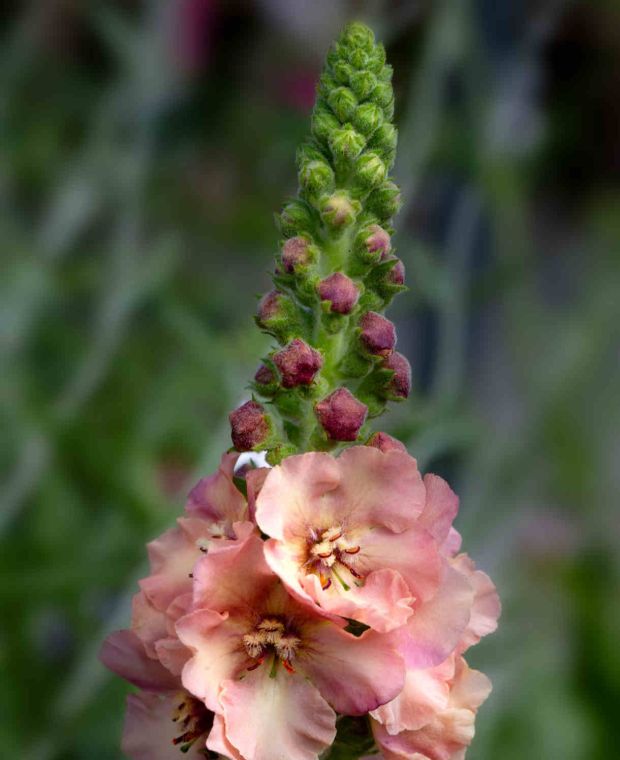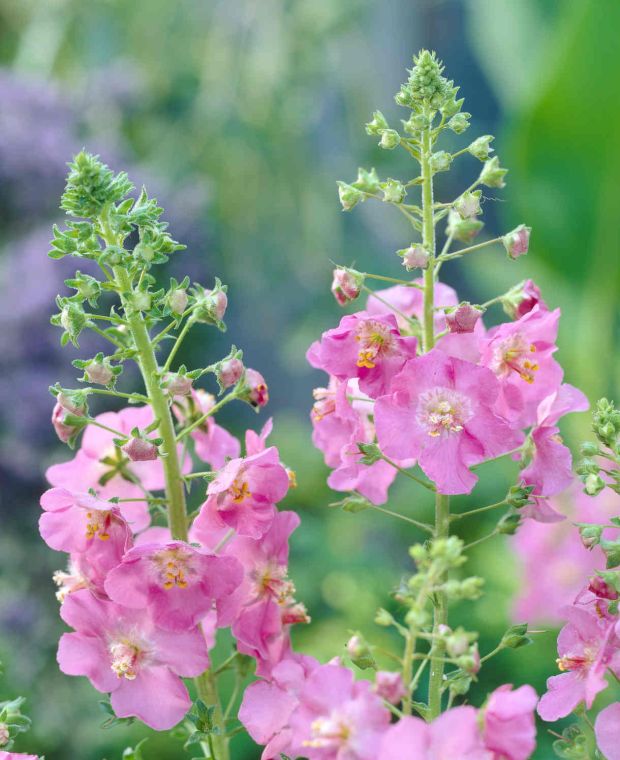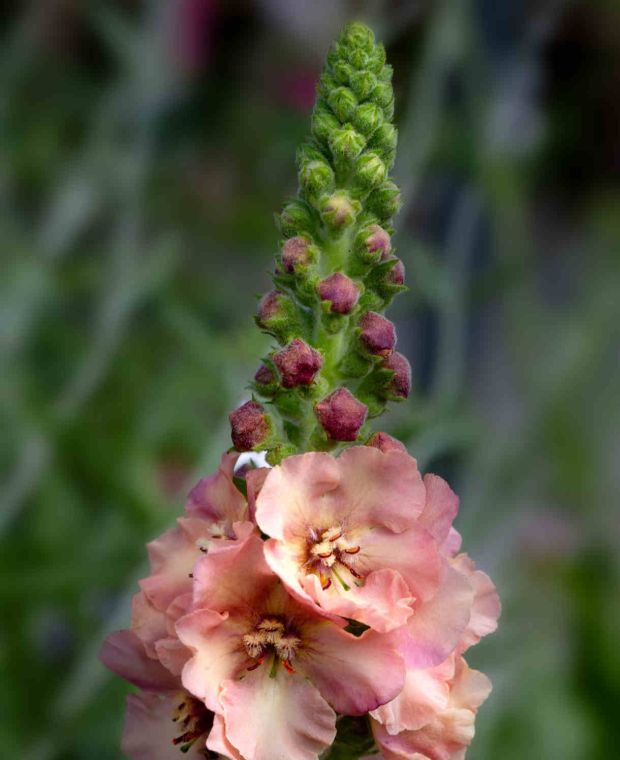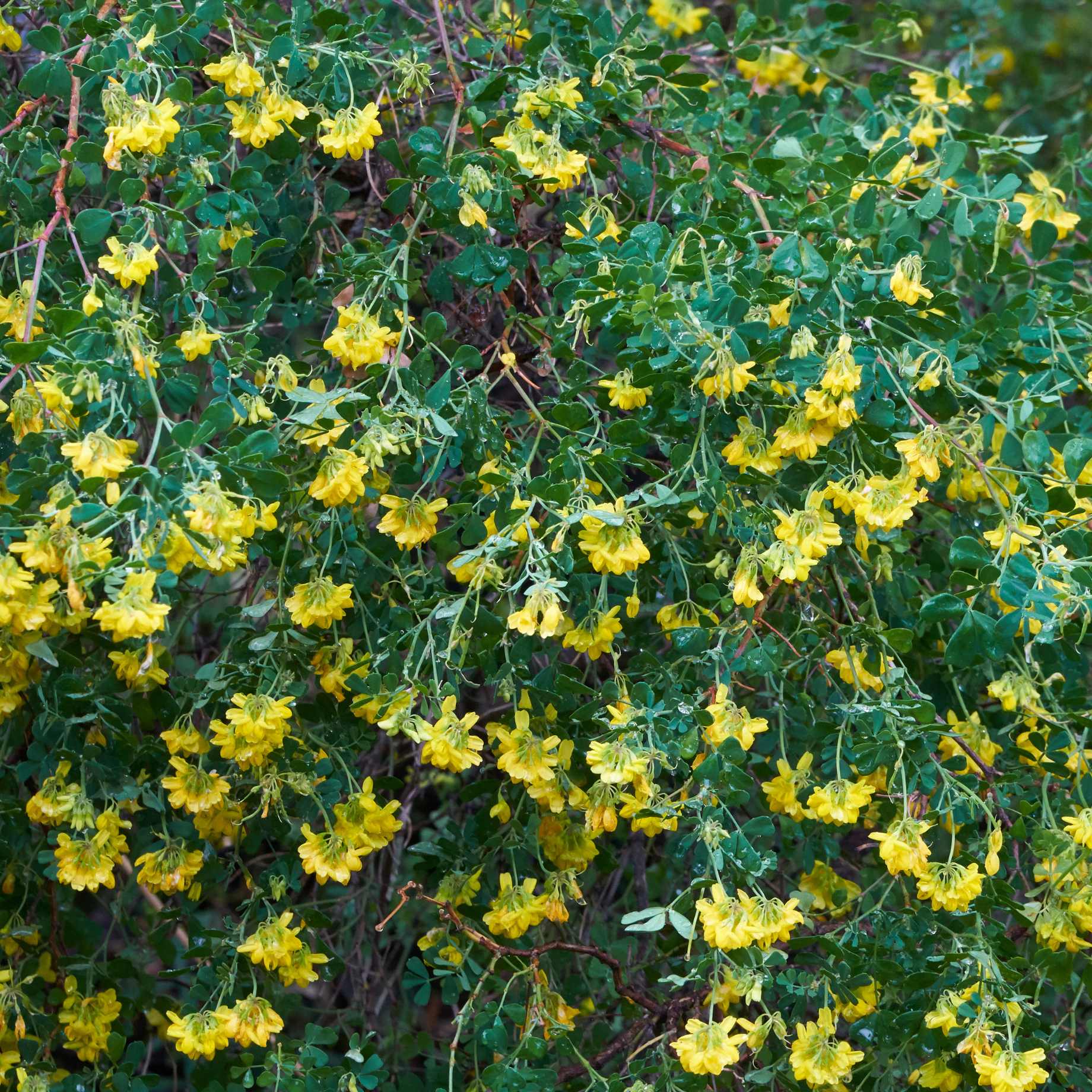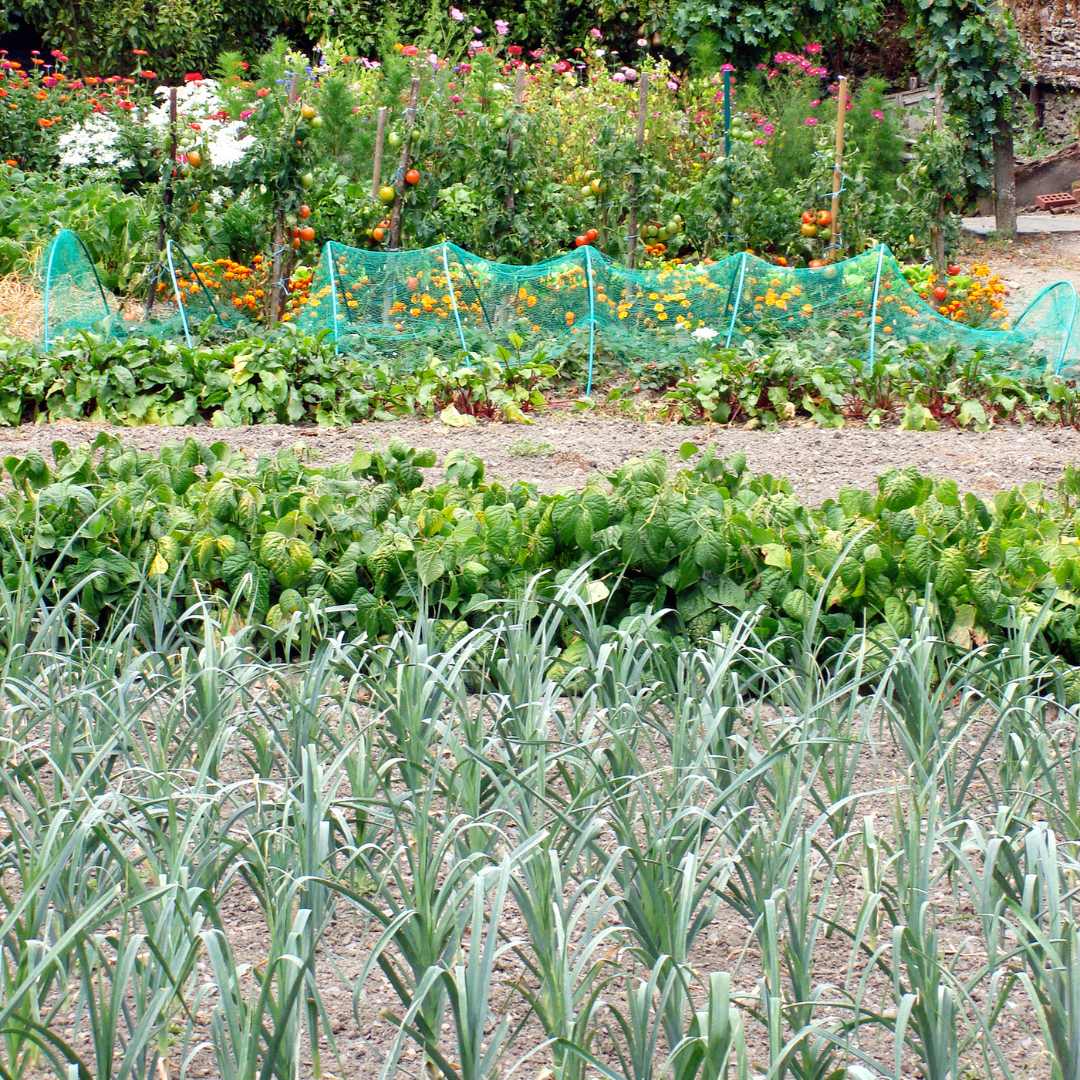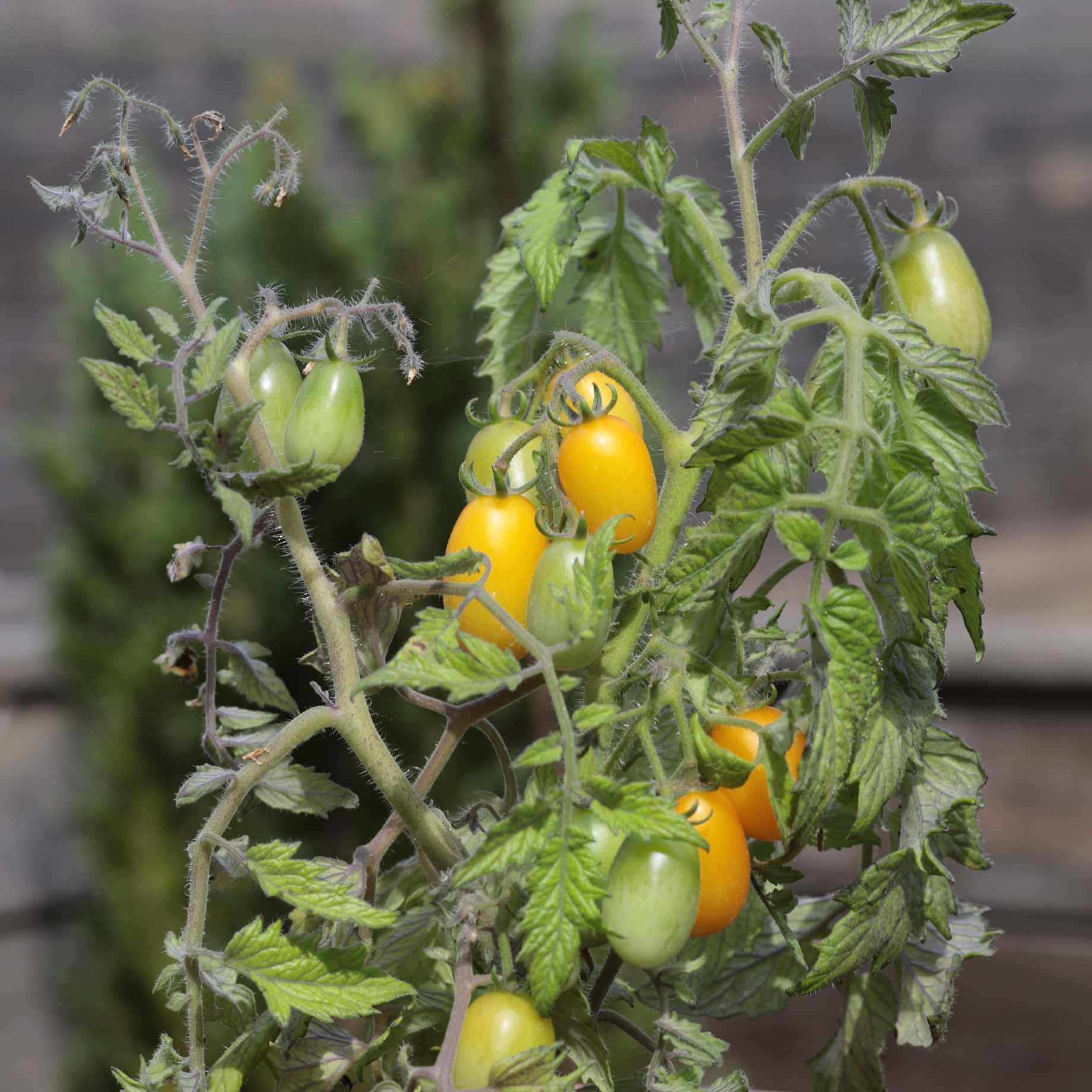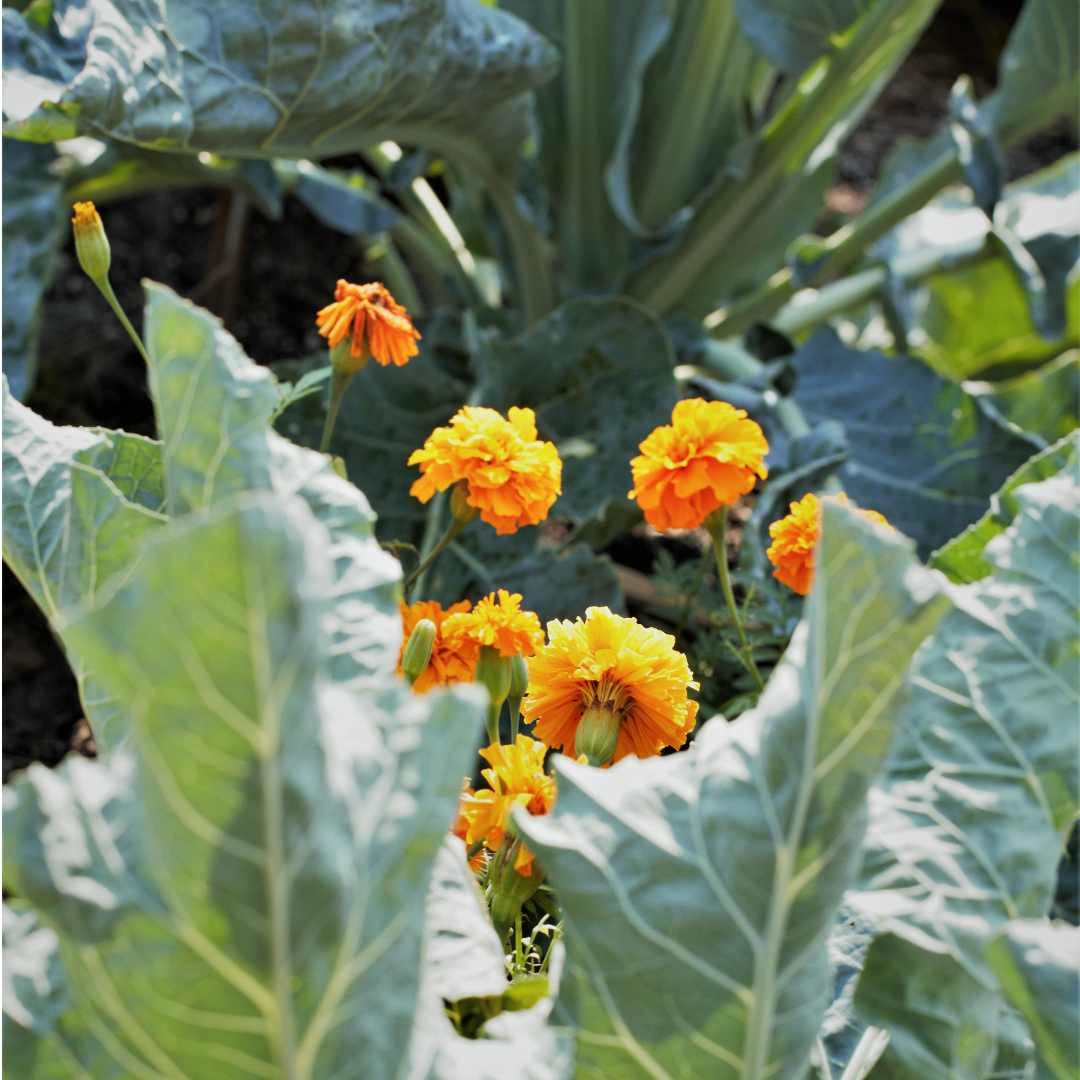Tell Me More…
During Summer, well-branched stems hold burgundy blushed buds from which delicate silky salmon-orange blooms unfurl – each with a stunning magenta eye. Below the blooms, large, soft, hairy, rippled grey-green leaves form tidy rosettes. The cut blooms add an unusual accent to floral arrangements and last well in a vase.Bred by the curators of the National Collection of Verbascum (Vic Johnstone and Claire Wilson), to be longer lasting than many other varieties. Blooms are attractive to pollinators, while deer and rabbit tend to leave them well alone. Verbascum ‘Clementine’ is happy grown in coastal spots and is ideal for containers as well as open ground. Verbascum ‘Clementine’ prefers to be grown in well-drained soil of any kind except heavy clay or sand based. Position in full sun and plants will reach a height of 1.5m and spreading to 60cm for dramatic impact. A more reliable perennial than most Verbascum, plants are hardy to -15°C, with no additional protection required in most UK winters.
Flower and Foliage Months
Jan
Feb
Mar
Apr
May
Jun
Jul
Aug
Sep
Oct
Nov
Dec
Foliage Month
Flowering Month
Key Information
| Included In this Collection | Verbascum Lavender Lass YP | Verbascum Clementine YP | Verbascum Pink Petticoats YP |
|---|---|---|---|
| Latin Name | Verbascum ‘Lavender Lass’ | ||
| Common Name | Mullein | ||
| Hardiness | H6 (-15 to -20°C) | ||
| Colour | Pink | ||
| Type | Perennial | ||
| Format | Young Plants | ||
| Position | Full-Sun | ||
| Foliage | Semi-Evergreen | ||
| Height in Maturity (m) | 0.60 | ||
| Spread in Maturity (m) | 0.40 | ||
| Soil Conditions | Chalk Loam Sand, Clay Loam Sand | ||
| Soil Acidity | Alkaline Neutral | ||
| Aspect | East-facing, South-facing, West-facing | ||
| Drought Tolerant | Yes | ||
| Good for pots | Yes | ||
| Good for Rockeries | Yes | ||
| Good for wildlife | Yes | ||
| Good for pollinators | Yes | ||
| Good for cutting | Yes |

